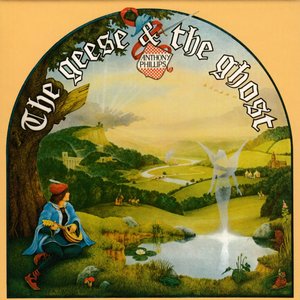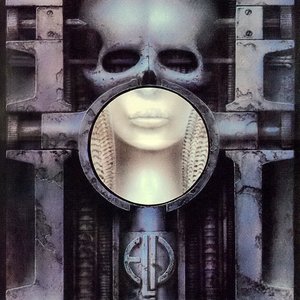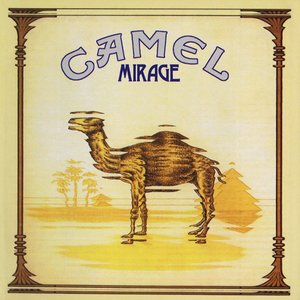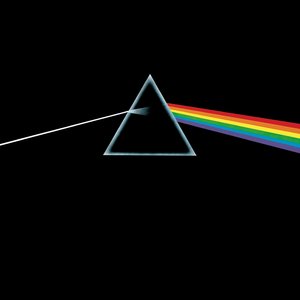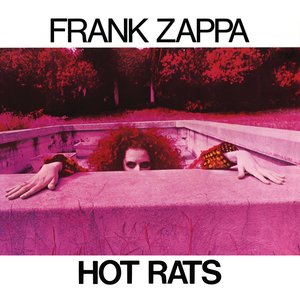Wiki
-
Release Date
10 October 1969
-
Length
5 tracks
Note: Cover art is not available on this release due to legal reasons.
In the Court of the Crimson King (subtitled An Observation by King Crimson) is the debut studio album from the English rock band King Crimson, released on 10 October 1969 on Atlantic Records. The album is considered to be one of the first and most influential of the progressive rock genre, where the band largely departed from the blues influences that rock music was founded upon and combined elements of jazz, classical, and symphonic music.
The album reached No. 5 on the UK Albums Chart and No. 28 on the US Billboard 200, where it was certified Gold by the Recording Industry Association of America. The album was reissued several times in the 1980s and 1990s using inferior copies of the master tapes. After the masters were located in 2003, a 40th anniversary edition of the album was released in 2009 with new stereo and 5.1 surround sound mixes by Steven Wilson.
King Crimson made their live debut on 9 April 1969, and made a breakthrough by playing the Rolling Stones free concert at Hyde Park, London in July 1969, before an estimated 250,000 to 500,000 people.
Initial sessions for the album were held in early 1969 with producer Tony Clarke, most famous for his work with The Moody Blues. After these sessions failed to work out, the group were given permission to produce the album themselves. The album was recorded on a 1" 8-channel recorder at Wessex Sound Studios in London, engineered by Robin Thompson and assisted by Tony Page. In order to achieve the characteristic lush, orchestral sounds on the album, Ian McDonald spent many hours overdubbing layers of Mellotron and various woodwind and reed instruments.
Some time after the album had been completed, however, it was discovered that the stereo master recorder used during the mixdown stage of the album had incorrectly-aligned recording heads. This misalignment resulted in a loss of high frequencies and introduced some unwanted distortion. This is evident in certain parts of the album, particularly on "21st Century Schizoid Man". Consequently, while preparing the first American release for Atlantic Records, a special copy was made from the original 2-track stereo master in an attempt to correct some of these anomalies. (The analog tape copying process usually results in generation loss.) From 1969 to 2003, this second-generation "corrected" copy was the source used in the dubbing of the various sub-masters used for vinyl, cassette and CD releases over the years. The original, "first-generation" stereo masters, however, had been filed away soon after the original 1969 mixdown sessions. These tapes were considered lost until 2003.
Barry Godber (1946–1970), a computer programmer, painted the design for the album cover. Godber died in February 1970 from a heart attack, shortly after the album's release. It was his only album cover; the original painting is now owned by Robert Fripp. Fripp had said about Godber:
Peter brought this painting in and the band loved it. I recently recovered the original from offices because they kept it exposed to bright light, at the risk of ruining it, so I ended up removing it. The face on the outside is the Schizoid Man, and on the inside it's the Crimson King. If you cover the smiling face, the eyes reveal an incredible sadness. What can one add? It reflects the music.
The album cover is painted on a wall in the 1987 Troma Entertainment film Surf Nazis Must Die.
Album descriptions on Last.fm are editable by everyone. Feel free to contribute!
All user-contributed text on this page is available under the Creative Commons Attribution-ShareAlike License; additional terms may apply.

